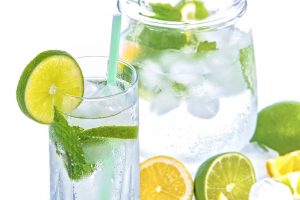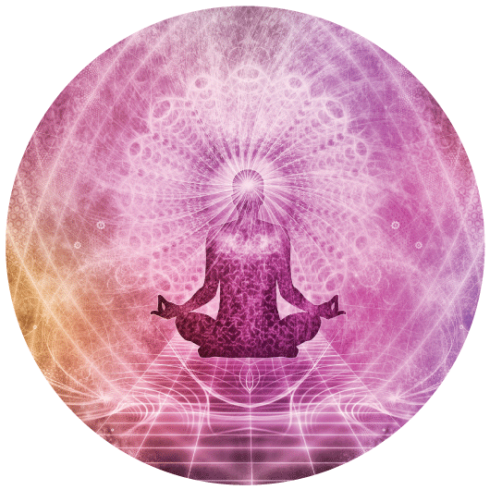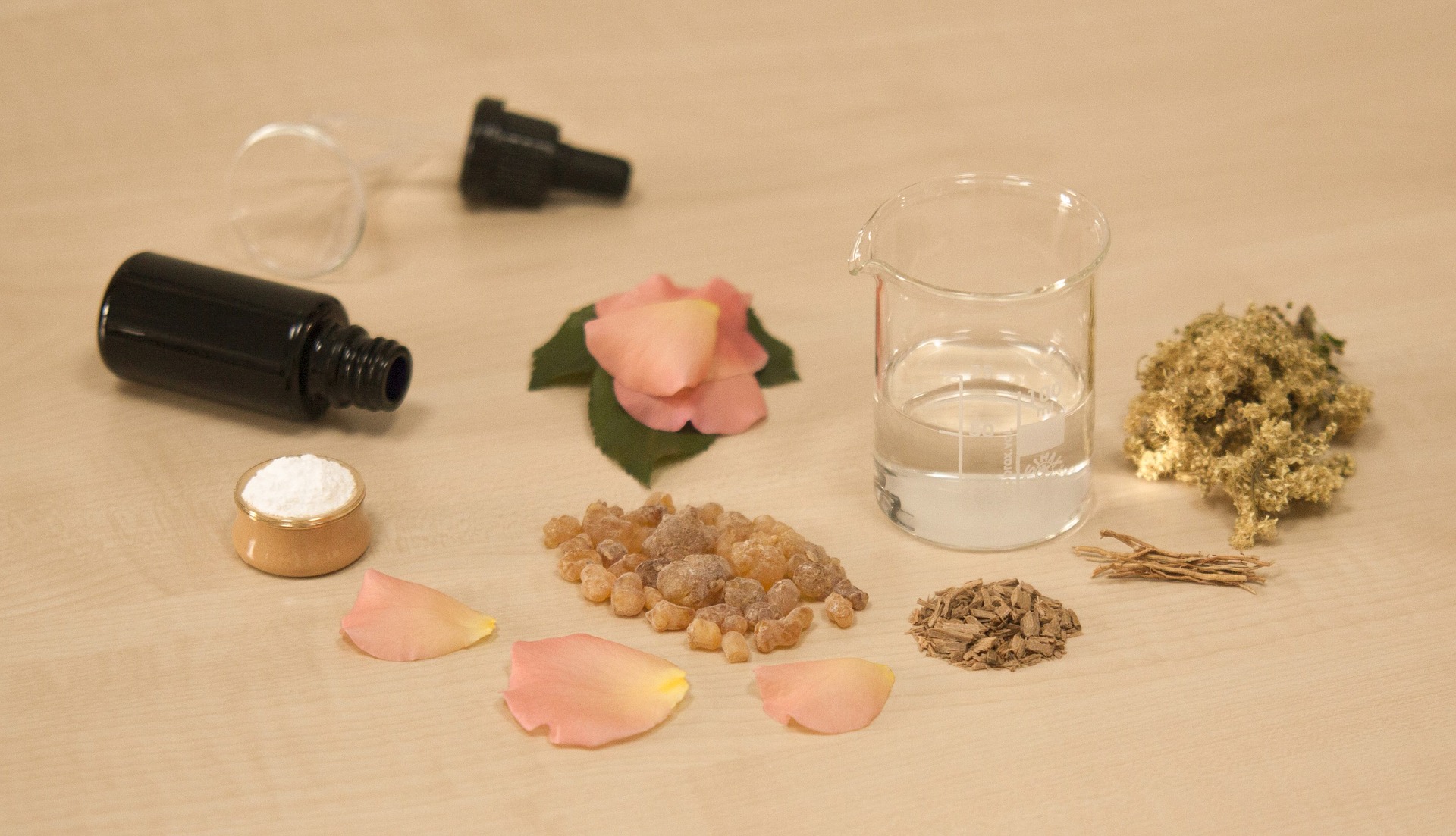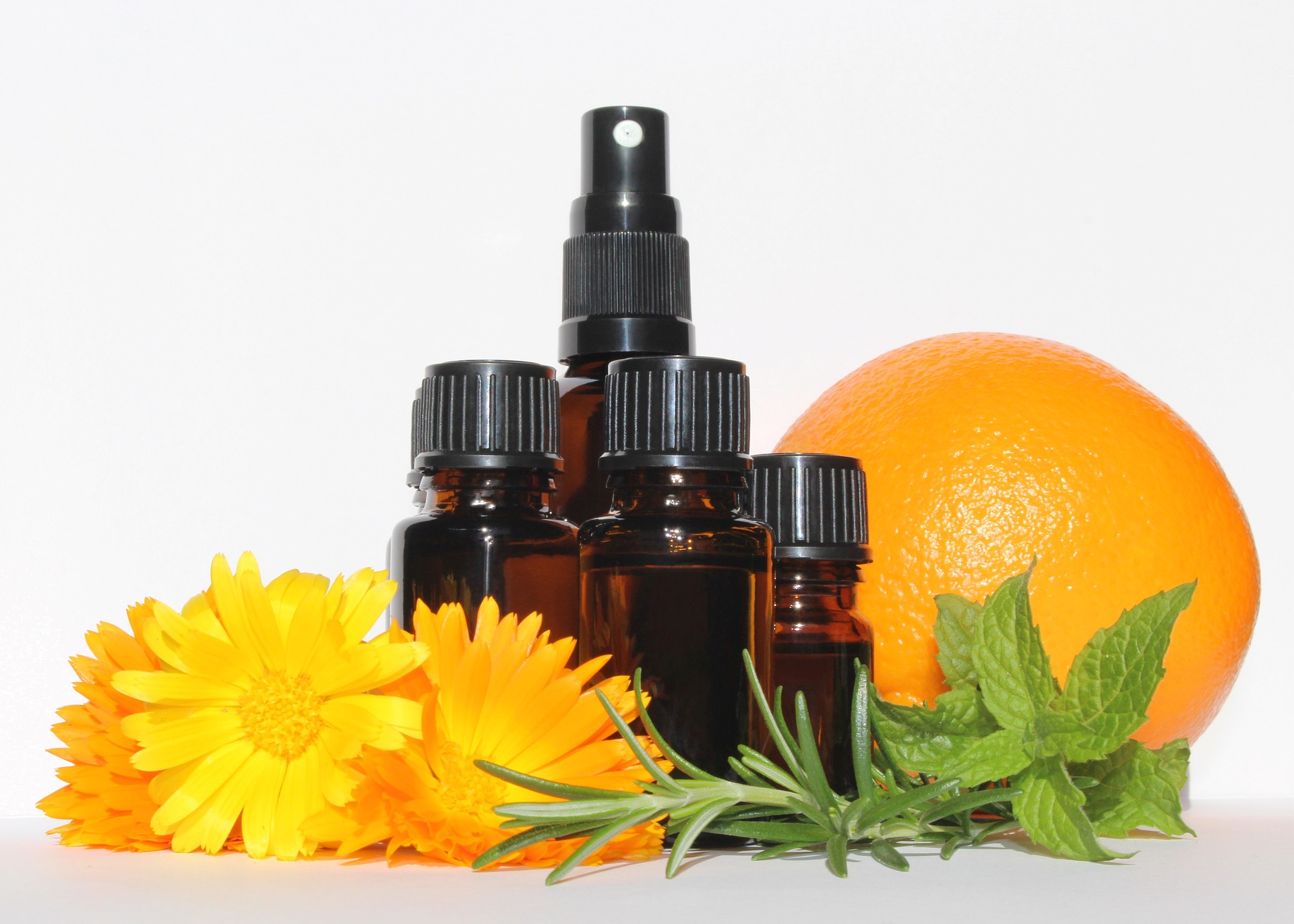As human beings on a spiritual journey, we are constantly going to experience ups and downs. In recent years, I started viewing it as if we are going through continuous expansion – going up, up, up but occasionally we hit an upper limit, and this is where you want to smash through that upper limit. The smashing through can be painful at the time, and can leave us questioning what it’s all about, what are we doing here, is what we have been focusing on truly worth it, and on and on.
For some of us, it is a big crisis when you are new to having your spiritual awakening and shifting from Unconscious to Conscious. It is a huge wake-up call, and it shakes you up. For some of us who have been on the journey longer, the shake-up is not as big. Nevertheless, it is a shakeup and it can leave us questioning ourselves.
So, these are the seven things I come back to whenever I feel myself hitting another upper limit – these strategies help me stay sane! They help me move thought the shifts as smoothly as I can, with ease and joy. I’m not saying it is easy. Sometimes it is really hard, because I still have a family to care for, our farm and businesses to run, and that is OKAY – acknowledging that we are finding things challenging, helps us let go of control and back into Flow. Do what you need to support yourself through the shifts, and I hope these strategies give you an idea of how you can craft your own support plan too.
Number 1: Look after your body.
Look at putting in nourishing foods into your body, foods that are

high vibration if you can – fresh vegetables and fruits, home-grown, home-cooked, etc. Or if you are feeling really scattered and absorbing people’s energies left, right, and centre and knocking you off your high vibe, then take in some foods th
at are grounding like potatoes, carrots, beetroot or other tubers, something that is from under the ground, as those foods can help ground you. Magnesium is a mineral I highly recommend – you can find this in dark chocolate (there is a basis to those cravings!), dark leafy greens and nuts and seeds – as our bodies use up magnesium when we are stressed. Fermented foods may help as well, as research now shows how our guts can influence our moods, and vice versa.
You may find that your sleep patterns are scattered whenever you are going through a shift – from middle-of-the-night wake-ups (3.30am, anyone??) to needing naps at random times of the day. Listen to your body and sleep when you can.

Movement and exercise helps too, to keep the energies flowing in your
body. If you are finding it hard to move, a massage or any other body-work treatment, a bath or shower, can help.
Number 2: Drink water.
Hydrate, hydrate, hydrate as much as you can. Beside s nourishing our bodies, when we drink water, we come back into our body, we ground back into our body. This can help shift that scattered-ness, and keeps energies flowing. Drinking water also supports the cellular shifts that are going on within our body as we go through a Consciousness shift.
s nourishing our bodies, when we drink water, we come back into our body, we ground back into our body. This can help shift that scattered-ness, and keeps energies flowing. Drinking water also supports the cellular shifts that are going on within our body as we go through a Consciousness shift.
Remember that water can carry high vibrations, if we set the intention to it. Adding crystals, flower essences, solar or lunar energies, vegetable or fruit slices, and most importantly, our Intentions, can help “charge” the water with higher vibrations to support our bodies.
Number three: Ask for help.
This is a big one, and it can be a challenging one. Reach out. Ask for help from your friends, your family, people you trust, people you know are having high vibrations, or people you know who are going through the same thing that you’re going through. Ask them for help. Check in with them. Being very careful not to go down into negativity. It helps to check in and to know that you are not the only one going through a shift. Other people are going through a shift too. Other people are struggling at certain times. You are not the only one and you are not crazy so it helps to check in with someone else, to ask for help with those around you. Ask for help from your unseen supporters – your spirit guides, your angels, the Ascended Masters, your unseen Lightworkers who are there helping you, supporting you through this shift. Ask them for help. Remember that they cannot help you unless you ask for it.
Number four: Do things that you love
These can be rituals, or they can be extra spiritual practices, or your hobbies, or anything that will lift up your vibration. Engage in things that you love because they remind you of YOU. When it is something that you have always loved to do, but haven’t had time for it lately, now is a good time to come back to it.
Number 5: Honouring your journey.
Honouring your journey as a human being. Honouring your journey as a spiritual being in a human body. Honouring how far you have come. Honouring those dark times that you have gone through but you survived anyway. Honouring your strengths and how you still here. You are still here, there is a reason you are still here. You are strong enough. Honour your journey, honour your strengths, honour yourself. It helps. It helps to remember you are an awesome person who has got this far.

Number six: Check in with your spiritual practices.
It helps when we surrender, or we acknowledge, that there is a power greater than us. There is a power that has our back, that is looking out for us, that is cheering us on, wanting us to move through this and be here and be Lightworkers. Holding your light, holding your love. Acknowledging it helps us know that we are not alone, that we have never been alone.
Number seven: Remembering your divinity.

Remember that you are a soul that came from a Greater Divine, that the spark in you is the same spark that is in the Greater Divine that is in the same spark as everyone else here. Remember that you are divine beautiful, limitless soul, living in a human body. You are more than your human body, and you are more amazing than you ever think that you are. Remembering your divinity helps you know that this too shall pass, and that you are going to come through like a butterfly out of a chrysalis. A big, beautiful soul with a higher consciousness, and then you get to do it again later on.
I hope you have found inspiration in these seven ways that can support you through a spiritual shift, a breaking through of an upper limit. If you have found value in this article, I would love to hear from you. I would love to hear how this has helped you, or if you don’t agree with it, feel free to express your opinion. What I do ask is to share it with love and kindness, and above all be kind to yourself too.



